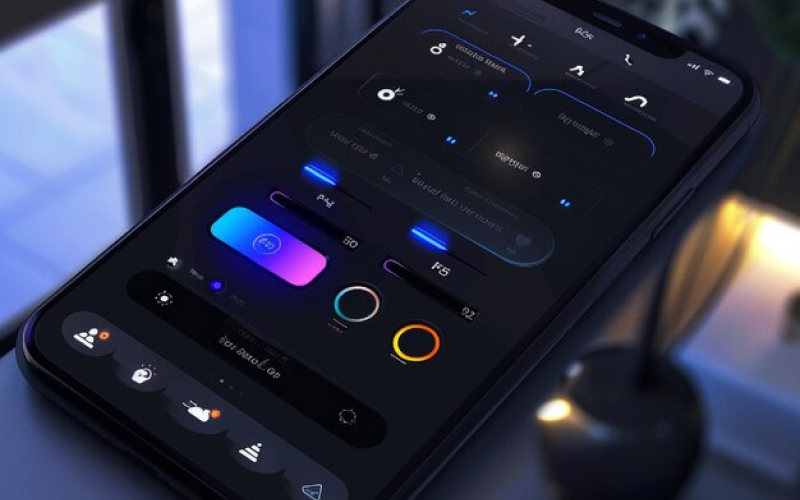Choosing the right web development framework is one of the most crucial decisions for any business embarking on a digital project. With a myriad of options available—each with its strengths and weaknesses—this decision can feel overwhelming.

Take, for example, Airbnb, a company that needed a robust, scalable solution to manage its growing user base. They initially built their platform using Ruby on Rails, a framework known for its simplicity and speed of development. However, as their user base grew, they transitioned parts of their platform to React, a JavaScript library that offered better performance and a smoother user experience.
This example illustrates the importance of aligning your framework choice with your business needs. For startups, a framework that enables rapid development, like Django or Ruby on Rails, might be ideal. These frameworks come with built-in functionalities, allowing you to launch quickly.
On the other hand, if you’re building a high-performance, interactive application like Facebook or Instagram, a framework like React or Angular, which handles complex user interactions efficiently, might be more suitable.
The key is to consider your current requirements while also thinking ahead. Scalability, community support, ease of learning, and compatibility with other technologies are all factors that should influence your decision. The right framework can accelerate your development process, reduce costs, and provide a solid foundation for future growth.












